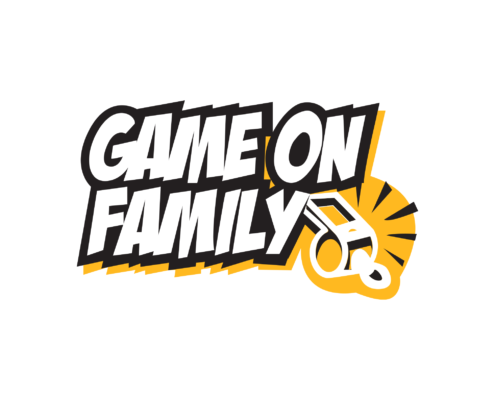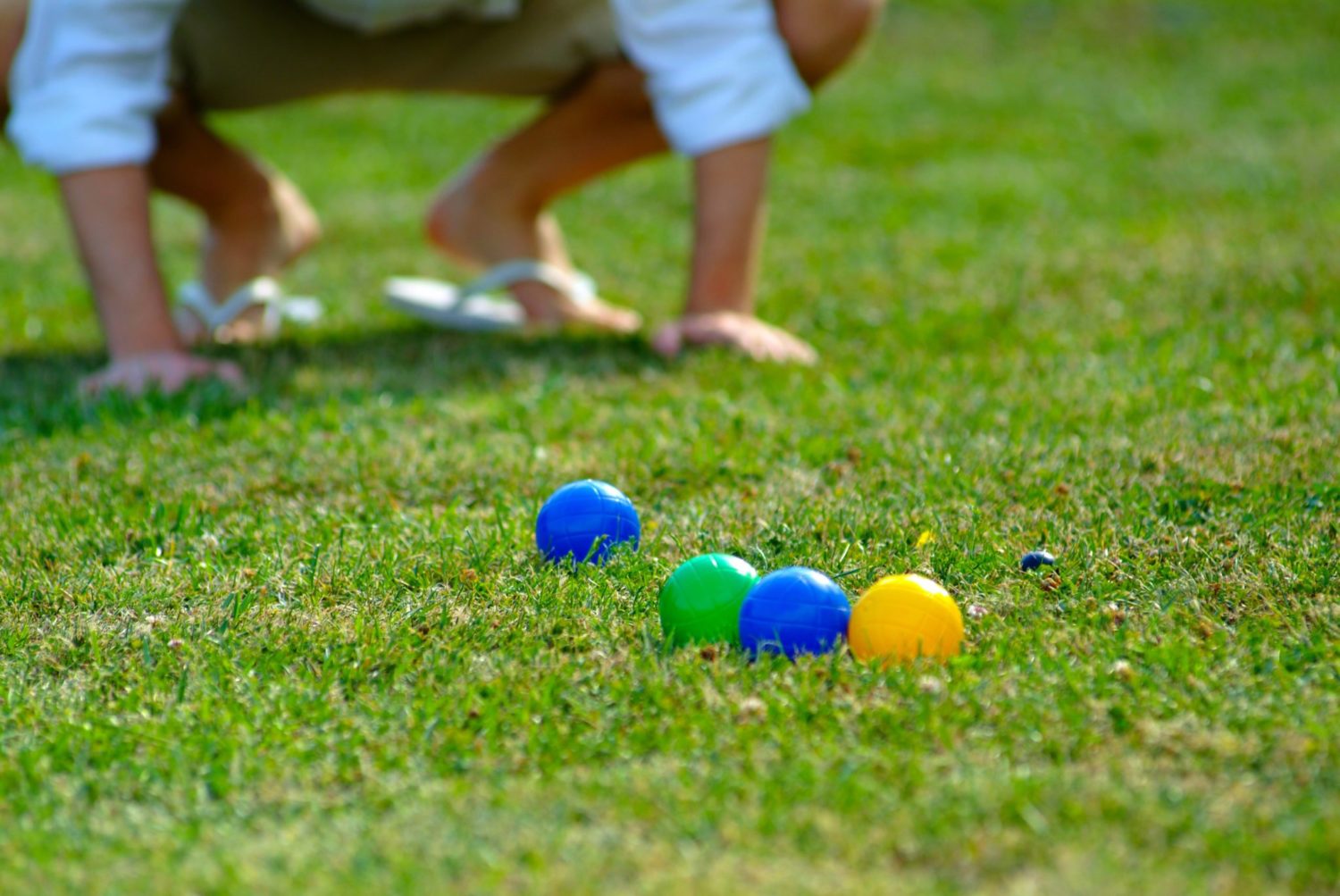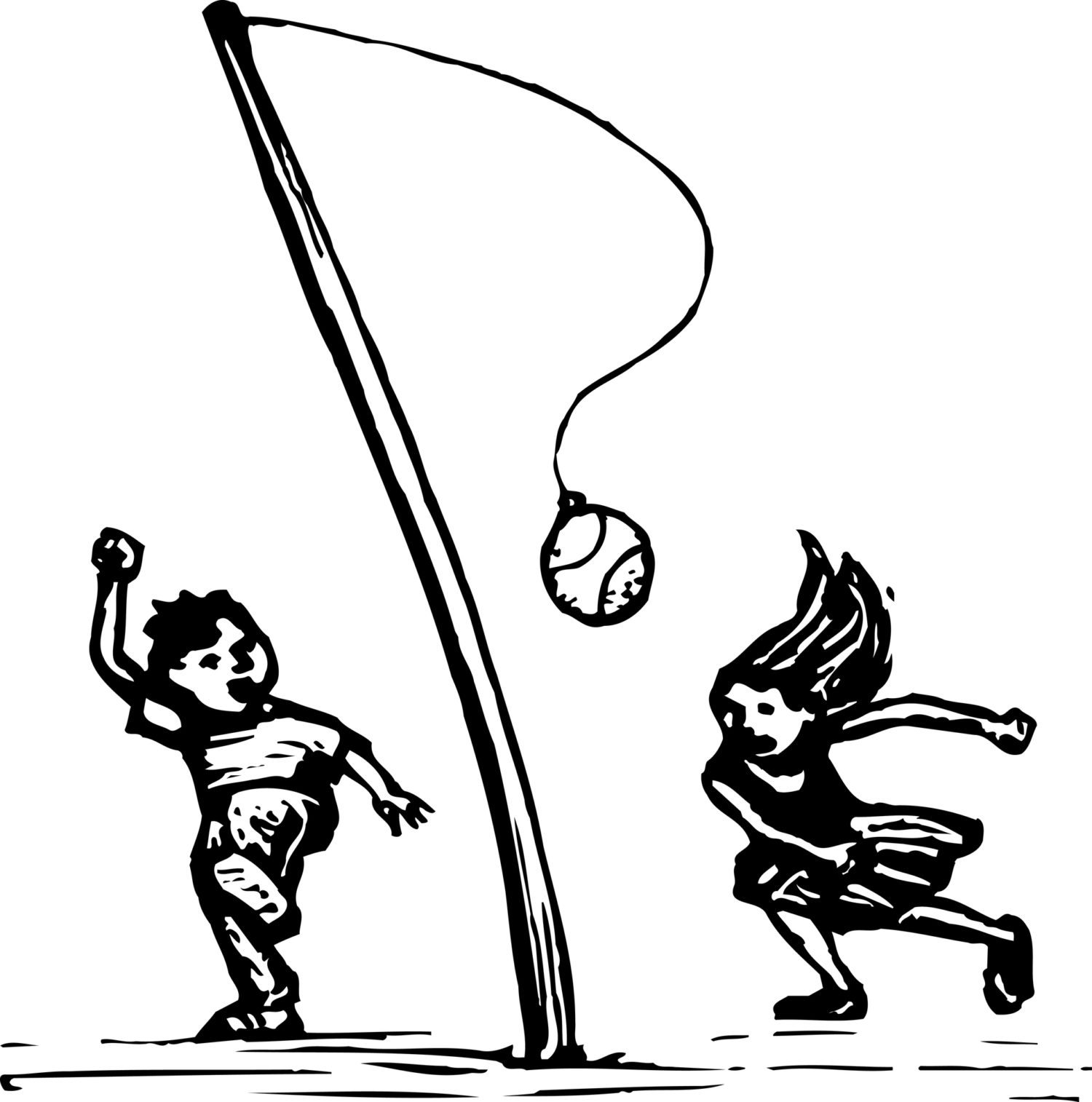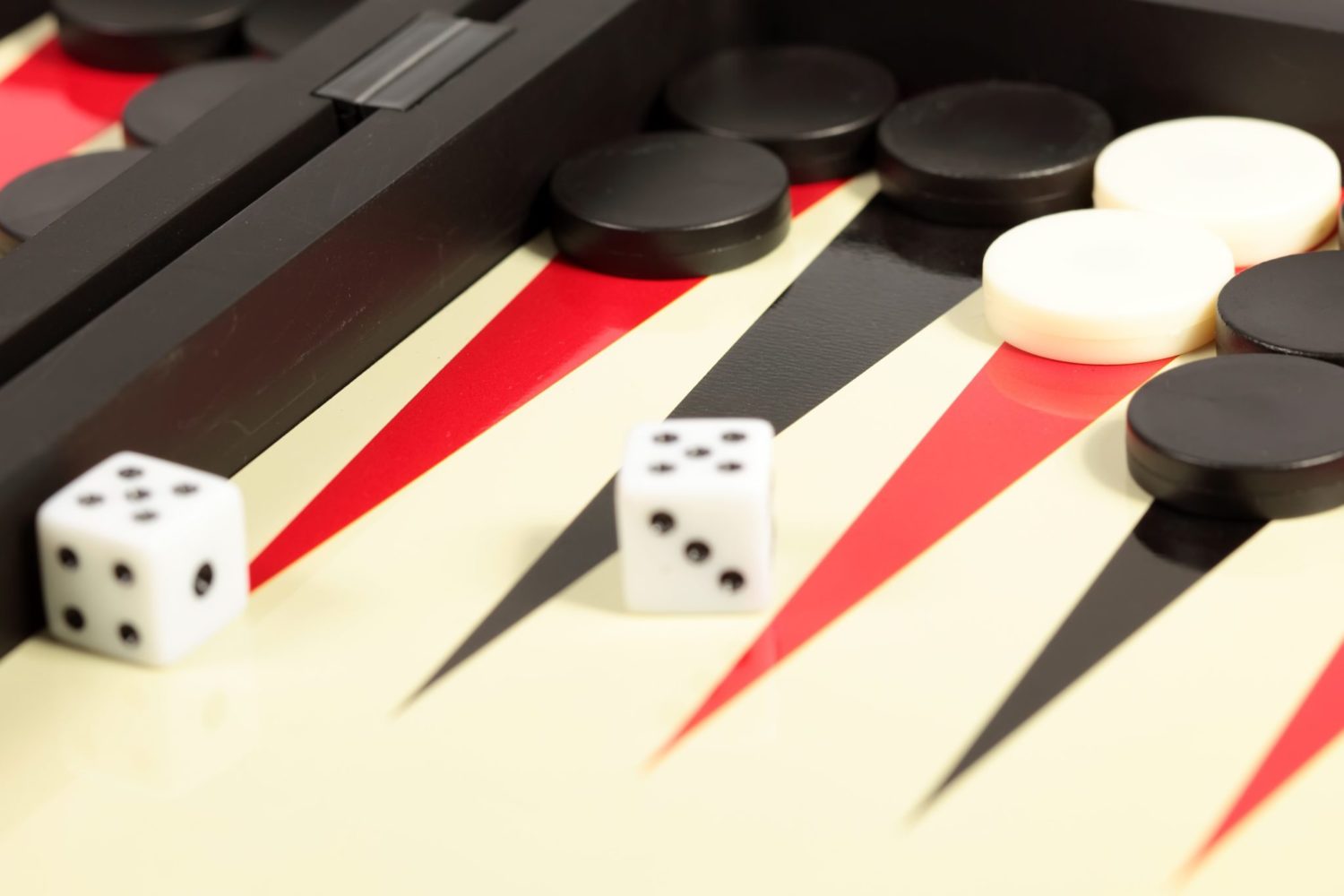How to Play Bocce Ball
Bocce ball is a ball sport belonging to the boules family. It developed into its present form in Italy. The game is closely related to pentaque and bowls, with a common ancestry from ancient games played in the Roman Empire. It is played around Europe and also in overseas areas that have received Italian migrants such as South America, North America, and Australia. Bocce Ball was initially played among the Italian migrants but has slowly become more popular with their descendants and the wider community. The game is played on a natural soil and asphalt court 27.5 by 4 meters if it’s standard size. The court has boards along the sides; that’s around 30 yards by 13 feet.
Bocce Ball Team Size
Bocce ball can be played by one, two or four players. Each side/team is given four bocce balls of regular sizes. The balls must be of uniform color to help in tracking results. For example, you can have yellow verses blue. You can also practice solo if you like.
How to Play Bocce Ball
- Half the team’s players – one person of a two-person team or two members of a four-person team – gather at one end of a bocce court to compete for a round. The remaining member(s) of the team wait(s) at the other end for the next round to begin.
- A coin is then tossed to determine which team begins the game and what color of balls they receive.
- From one end of the court, a player then tosses the pallino, jack or boccino. This is a small white ball which serves as a target.
- The same player then tosses a bocce ball toward the small white ball and then the opponent takes their turn.
- The team or player with the ball furthest from the pallino on the first toss keeps tossing until he becomes closest to the ball and then allows the opponent to toss.
- Teams may alternate turns in recreational play. A team of two places one at each end of the court, and a team of four stations two players at each end.
- The players maintain their positions for the duration of the frame.
- If the first team misses twice, the other team is awarded the opportunity to place the pallino anywhere they choose within the prescribed zone.
Bocce Ball Strategy
The aim of each player is to get their team balls as close to the pallino as possible. On the first throws, a player should attempt to toss the ball so that it lands, rolls and stops near the pallino. A player is allowed to bank the ball off the sidewalls. A player is advised not to toss the ball far enough to hit the backboard, as this is a disqualification. In case your opponent has four or three balls closest to the pallino, and yours are grouped further away, try on your final toss to dislodge the pallino to a more favorable position. This is referred to as “spocking.”
You can also deliberately aim to group your first three tosses in a cluster away from the pallino to set up spocking. Setting up a wall of balls in front of the pallino is another good strategy. It is called “blocking.”
Bocce Ball Scoring
A frame ends when both teams have tossed all four balls. The closest four balls to the pallino are analyzed by a neutral third party. If all 4 of the closest balls to the pallino are yellow, the yellow team gets 4 points. But in case the 2 closest balls are yellow and third closest is blue, then yellow gets 2 points. The scoring for the closest team to the pallino ends when a different color is in the 2nd, 3rd or 4th position. Each teams ball that is closer to the pallino than the nearest ball of the opposing team, scores a point. The team that finishes second receives no points. Choose the points required to win (it can be 7, 11, 13, 21 or another arbitrary figure), and you can also require the winner having to draw ahead by 2 points. If the two team’s balls are equal distance away from the jack, no points are awarded and another frame is played. Continue playing until a team gets 12 points.
Bocce Ball Technique
Toss the ball off the sides or bank, roll, or bounce it however you like, as long as your foot doesn’t cross the foul line before the ball leaves your hand and the ball inbounds.
Bocce Ball Terms:
Backboards, backwalls, endboards: The shorter court walls at each end of the court.
Banking: Refers to throwing the ball such that after hitting the sideboards, it bounces off towards the pallino.
Dead Ball: A ball that is removed from play during a frame for reasons defined in the game rules.
Foul: An act that violates the game rules. A who commits a foul is penalized as specified in the rules for committing a foul.
Half Court Marker: This is a line that is marked on the sideboards surface halfway between the two backboards.
In Team: A team that has the closest bocce ball to the pallino.
Kiss: This is a condition where the bocce ball is touching the pallino
Pallino advantage: The team throwing the pallino has “pallino advantage” because they get to place the pallino where they want it on the court.
League: A group of bocce teams playing a prescribed number of games or matches over a set period of time.
Live Ball: A ball legally in play on the surface of the court.
Out Team: A team that does not have the closest bocce ball to the pallino.
Volo: A high arcing throw of a ball in the air beyond the center line of the court.
Bocce Ball Video Tutorial











